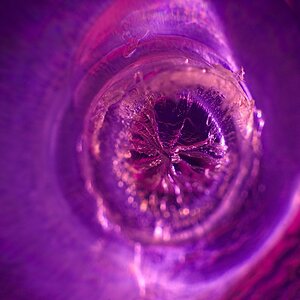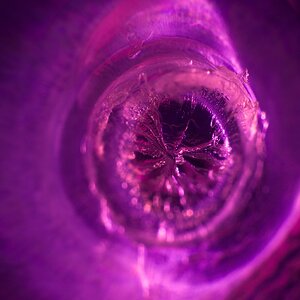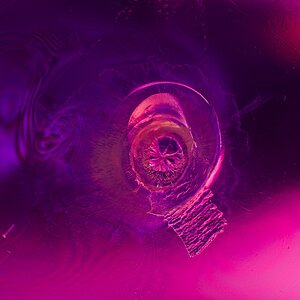petrochemist
TPF junkie!
- Joined
- Mar 9, 2014
- Messages
- 1,873
- Reaction score
- 608
- Can others edit my Photos
- Photos OK to edit
Diffraction spikes don't need a high quality lens, but lenses won't give them when used wide open which is often desirable in low light.First, I'm a film shooter. I have never used a filter for "protection". I use specialty filters once in awhile (polarizer/star etc.) or colored filters when shooting BW. But a sturdy metal lens hood has saved the front of my lens a few times.
In regard to the star filter, you should never need one. A high quality lens will do this anyway. Example of this below. No filter. Shot in Madrid, Spain...












![[No title]](/data/xfmg/thumbnail/37/37606-3c9ffb5906173fa2aa489341967e1468.jpg?1619738148)
![[No title]](/data/xfmg/thumbnail/37/37610-09a3b763265223288ccc8f30a63a666b.jpg?1619738149)
